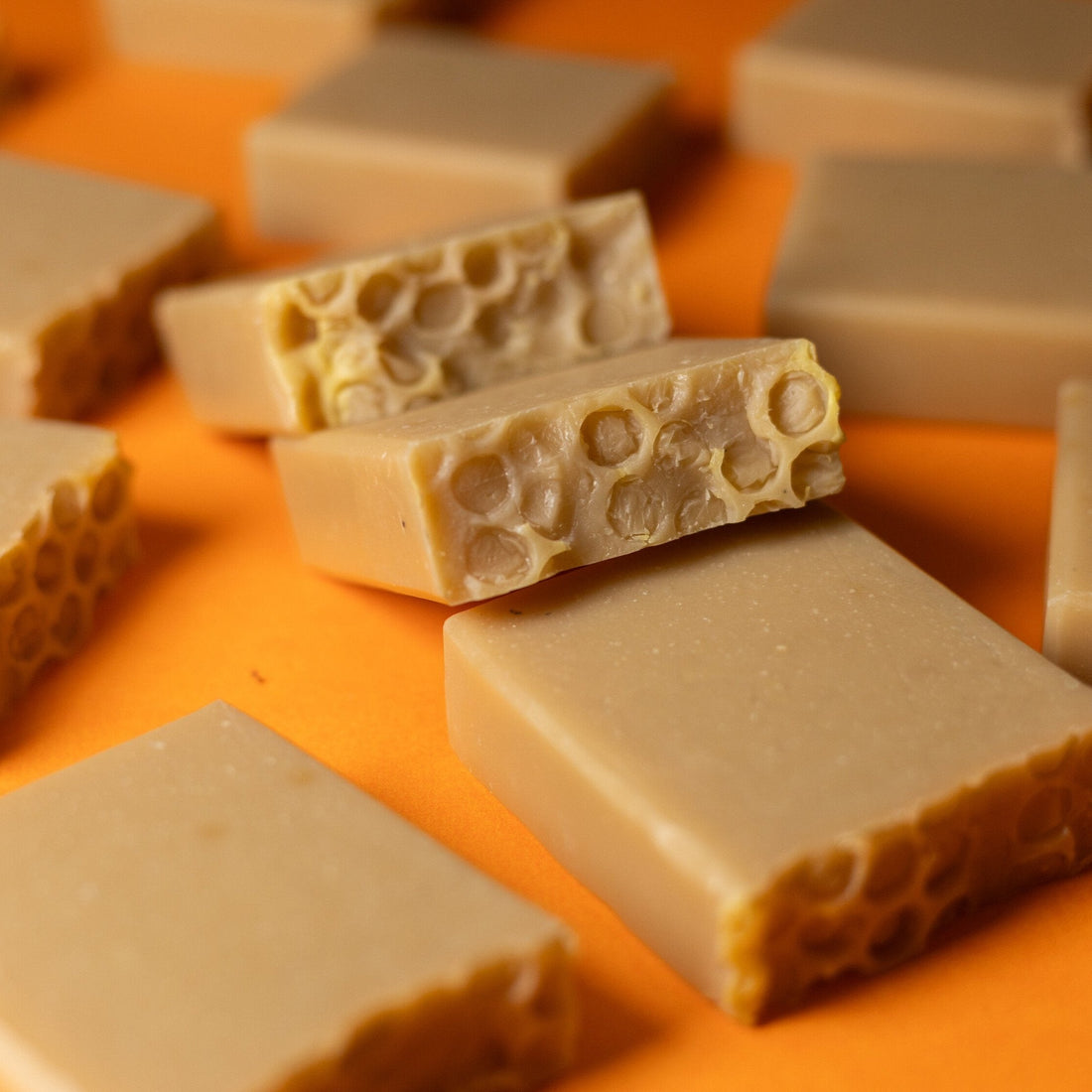
How Does Soap Remove an Oil Spot?
Share
Introduction
Oil spots are one of the common, and unrelenting, problems — whether on fabric, flooring or even your skin. There is something unattainable in taking away oil with just water since oil is hydrophobic. And this is where soap comes in handy, offering an easy and simple fix.
This post will talk about the science of soap’s ability to wash off oil marks, how it does this and tips on how to keep surfaces and fabrics spotless.
What Is Soap?
Soap is an antibacterial solution made of natural fats and oils and an alkali such as sodium hydroxide. It has two ends: The chemical end and the chemical end.
- Hydrophilic end: Attracts water.
- Hydrophobic end: Draws oil and grease into it.
This two-faced soap functions as a solvent between oil and water, and this is the key to cleaning oily stains.
The History of Soap
The Ancient Babylonians may have produced soap back as far as 2800 BC but soap was most common in the Victorian age, after mass production became possible following the industrial revolution. All this coupled with a burgeoning appreciation for sanitation and advertisement in the name of soapy bathing, meant that the soap bar quickly became a houseware.
The Chemistry of Oil and Water
Oil and water always repel each other because oil is nonpolar and water is polar. Without an emulsifier, oil and water can’t gel. This is why water-swimming off an oil smudge tends to be a failure.
The soap is an emulsifier, separating the oil into drops that will float in the water to be rinsed away.
How Soap Removes Oil Spots
Soap removes oil spots through a fascinating chemical interaction:
- Binding to Oil: The hydrophobic ends of soap molecules attach to oil particles.
- Micelle Formation: Soap molecules surround the oil, creating micelles, where oil is trapped inside.
-
Suspension in Water: The hydrophilic ends of the soap molecules allow the micelles to suspend in water, enabling the oil to be washed away.
This mechanism explains why soap is highly effective in cleaning oily surfaces, fabrics, and skin.
Soap vs. Detergent: Which Is More Effective?
Differences Between Soap and Detergent
- Soap: Made from natural fats and oils, suitable for light cleaning.
- Detergent: Synthetic surfactants, designed for heavy-duty cleaning.
Effectiveness in Oil Removal
For most oil spots soap is OK, but might not be able to remove stubborn stains from certain fabrics or surfaces. The formulated detergents that are added with chemicals can help clean up more effectively for these situations.
When to Use Detergents
Detergents are better for tough, heavy oil stains. But soap is still a good, green solution for most of these purposes.
Also Read: - Which soap is best for pimples and dark spots
Best Practices for Using Soap to Remove Oil Spots
To effectively use soap for oil spot removal, follow these tips:
- Act Quickly: Address oil spots immediately to prevent them from setting.
- Use Warm Water: Warm water enhances soap’s emulsifying power.
- Gently Scrub: For fabrics, use a soft brush or cloth to avoid damage.
- Repeat if Necessary: Stubborn spots may require multiple applications.
Precautions
- Test soap on delicate fabrics to avoid discoloration.
- Avoid over-scrubbing as it may spread the stain.
Alternative Methods for Removing Oil Spots
In cases where soap is unavailable, consider these alternatives:
- Baking Soda: Absorbs oil effectively but may require a rinse.
- Vinegar: Works well on surfaces but should be used sparingly on fabrics.
- Cornstarch: Absorbs oil but needs proper cleaning afterward.
When to Seek Professional Help
If oil spots persist, professional cleaning services can provide specialized treatment to prevent damage.
FAQs About Soap and Oil Removal
Does soap get rid of an oil blotchy?
And no, soap works because it disperses the oil and keeps it in water to be able to wash away.
Does soap clean an oil blotch from fine cloth?
You can apply soap, just make sure to do a patch test and go gentle.
Why is soap better with warm water?
Cold water dissolves soap faster and breaks down molecules of oil more efficiently.
Also Read: - Why do soaps not work in hard water
Conclusion
The reason soap gets rid of oil spots is because of its chemical make-up, which bonds to oil and reacts with water. Whether on fabric, floors or even skin, soap is an eco-friendly way to tackle grease stains safely and responsibly.
Oil spots, Be sure to be proactive, apply the correct method, and follow up accordingly. Once you know the science behind soap, you can be left with clean hands with very little work.
